When browsing cannabis strains or purchasing cannabis at a shop, you may notice strains are commonly broken up into three distinct groups: indica, sativa, and hybrid. Most consumers have used these two cannabis types as a touchstone for predicting effects:
- Indica strains are believed to be physically sedating, perfect for relaxing with a movie or as a nightcap before bed.
- Sativas are said to provide invigorating, uplifting cerebral effects that pair well with physical activity, social gatherings, and creative projects.
- Hybrids are thought to fall somewhere in between, offering a balance of indica and sativa effects.
This belief that indicas, sativas, and hybrids deliver distinct effects is so deeply rooted in mainstream cannabis culture that budtenders typically begin their strain recommendations by asking you which of these three types you prefer.
But if you look at the chemical “ingredients” inside of indicas and sativas—that is, terpenes and cannabinoids (more on that below)—you’ll notice there aren’t clear patterns to explain why one type would be inherently sedating and the other uplifting. We know that indica and sativa cannabis strains can look different and grow differently, but this distinction is primarily useful only to cannabis growers.
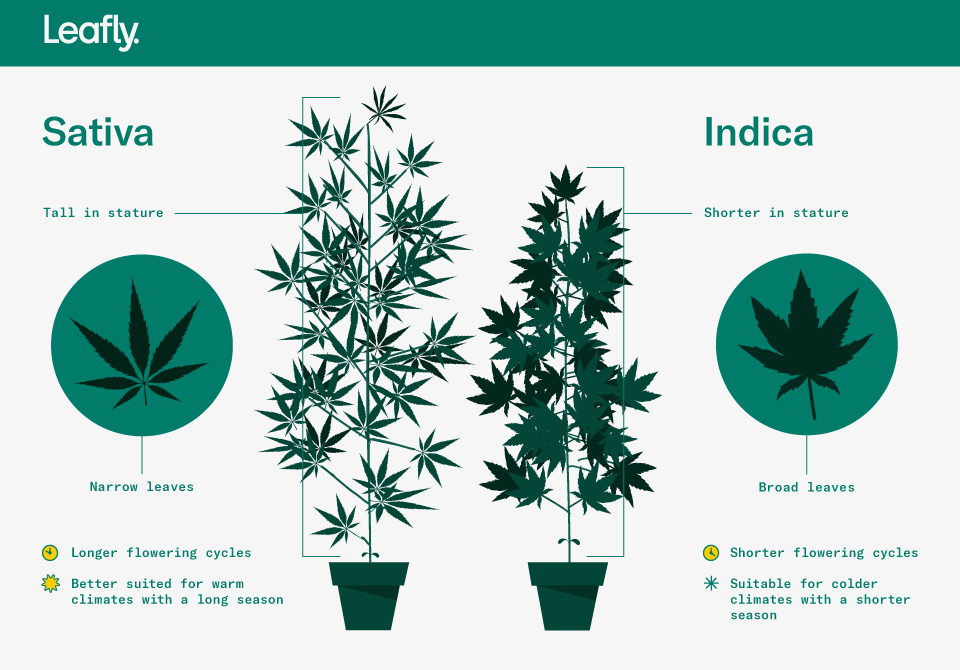
To find a strain that will provide the desired effect, your best bet is to understand which chemical ingredients make up that strain. Using Leafly’s Cannabis Guide, you can rely on simple shapes and colors to visually understand what your favorite strains look like, chemically speaking. And when you use the chemical ingredients of a strain to guide your purchasing decision, you’re more likely to find the types of strains that agree with your body.
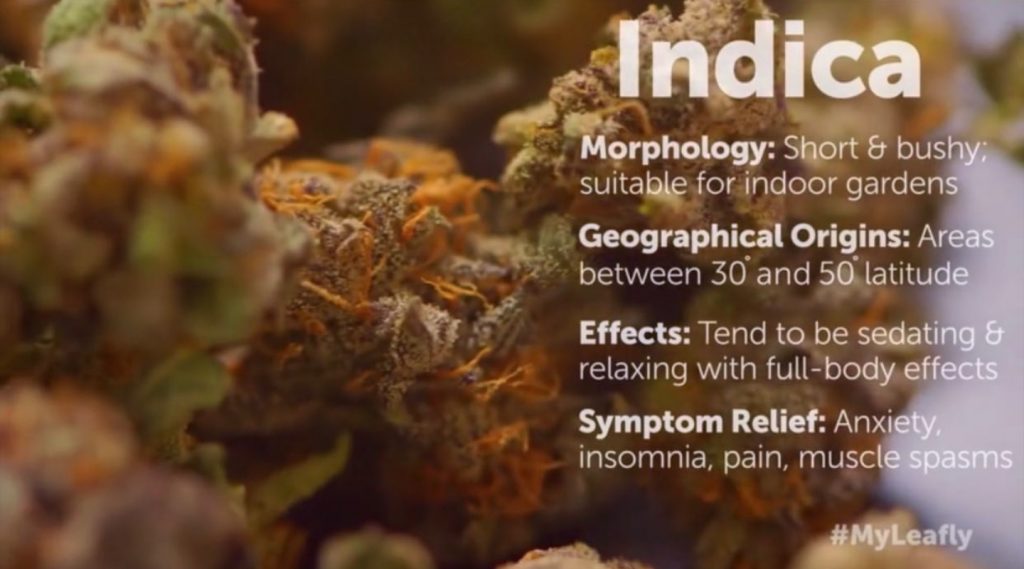
Typically, cannabis Indica plants are short, bushy plants with wide leaves. Indica plants typically grow faster and have a higher yield than the sativa variety. Medicine produced from cannabis Indica plants have higher CBD and lower THC counts.
The major qualities of Indica medicinal strains include:
- increased mental relaxation
- muscle relaxation
- decreases nausea
- decreases acute pain
- increases appetite
- increases dopamine (a neurotransmitter that helps control the brain’s reward and pleasure centers)
- for night time use
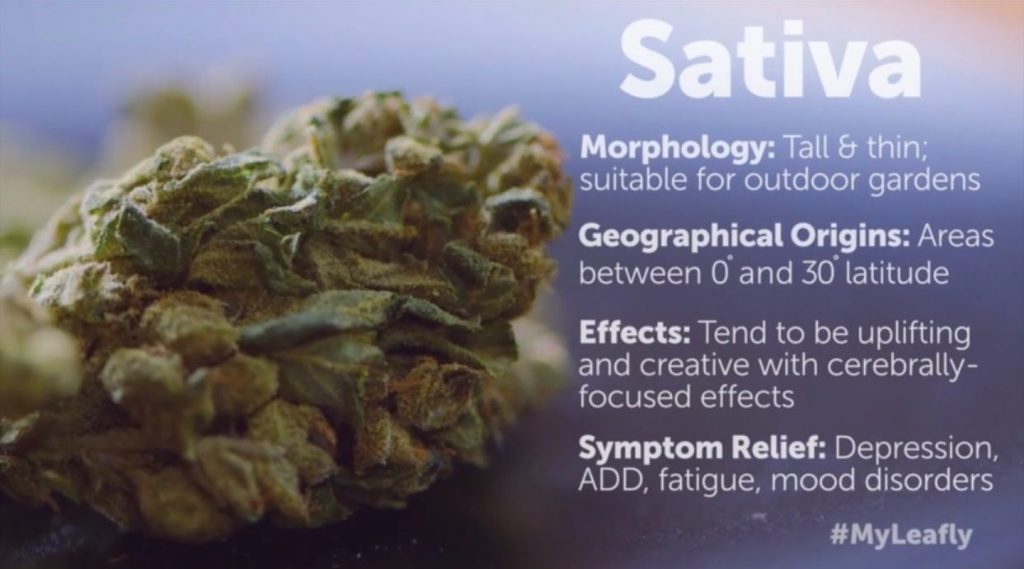
Cannabis Sativa plants are opposite of the Indica strains and grow tall and thin with narrow leaves. Sativa plants are also generally a lighter shade of green than their counterpart, the Indica strain. Sativa strains take longer to grow, mature, and require more light. Medicine produced from cannabis Sativa plants have lower CBD and higher THC counts.
The major qualities of Sativa medicinal strains include:
- anti-anxiety
- anti-depressant
- treats chronic pain
- increases focus and creativity
- increases serotonin (a neurotransmitter involved in the regulation of learning, mood, sleep, anxiety and appetite)
- for day time use

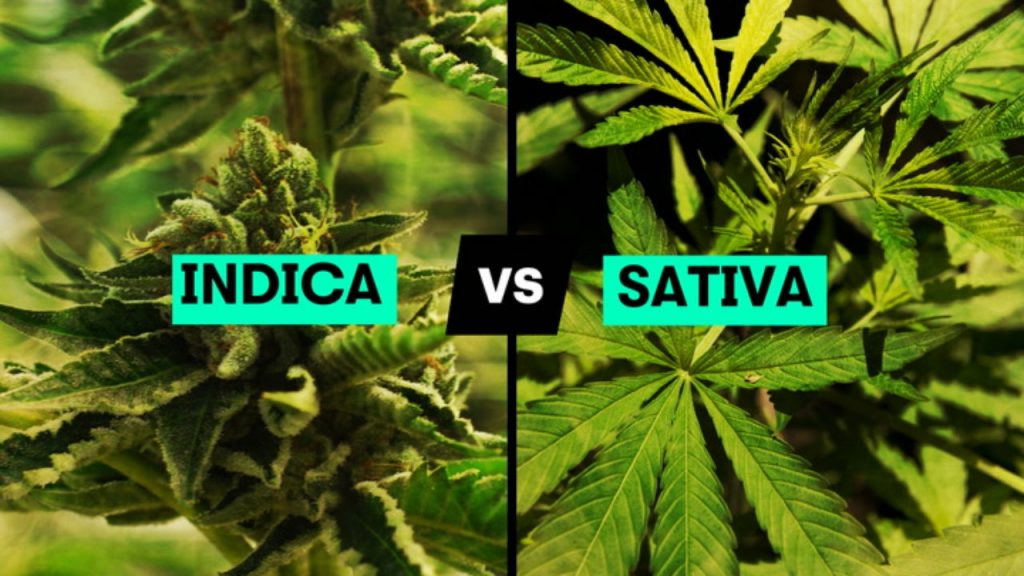
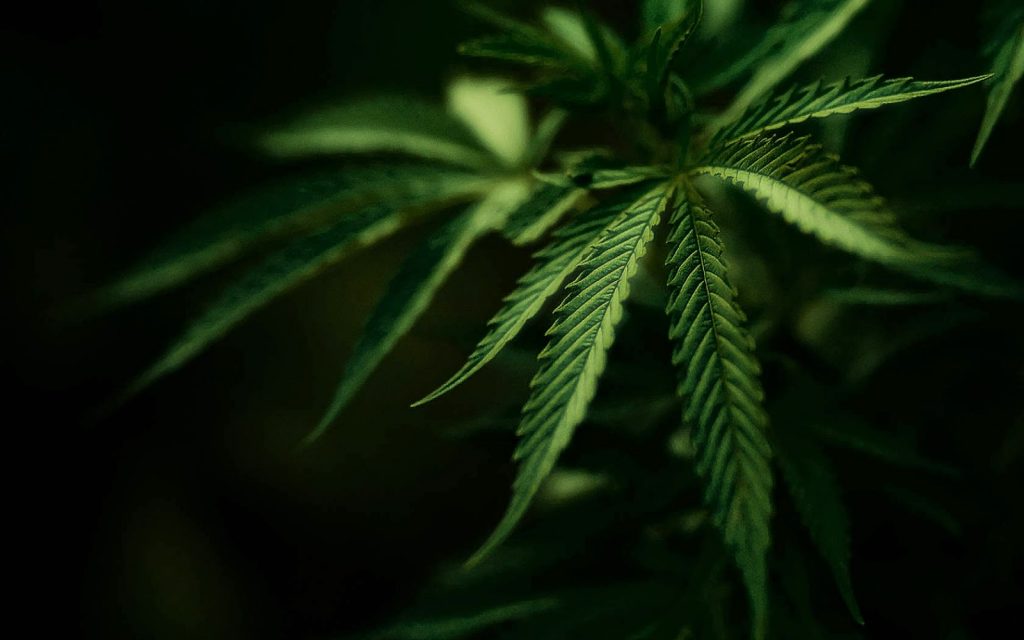
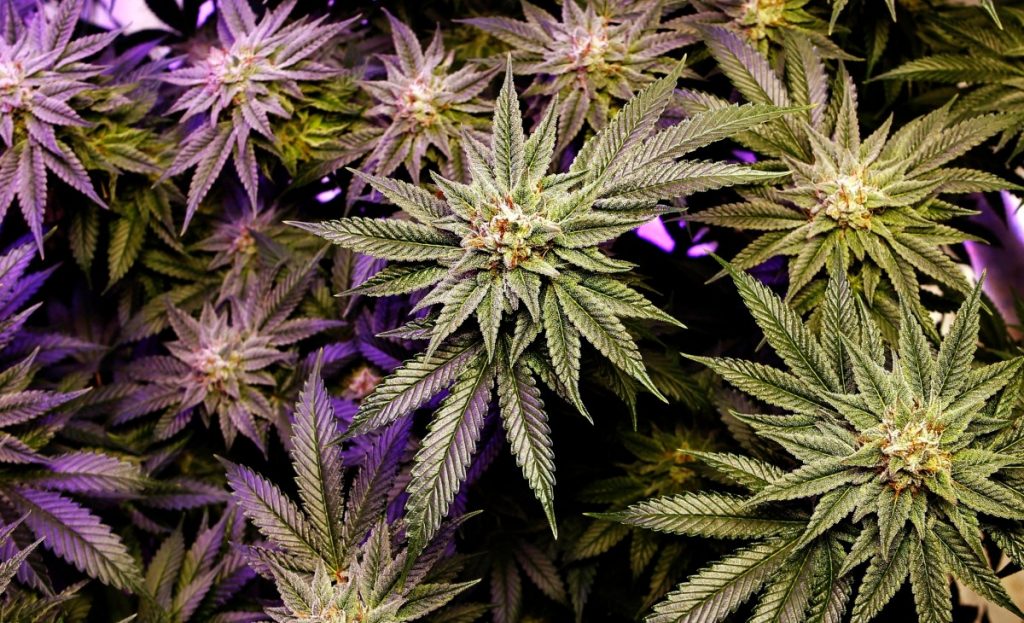
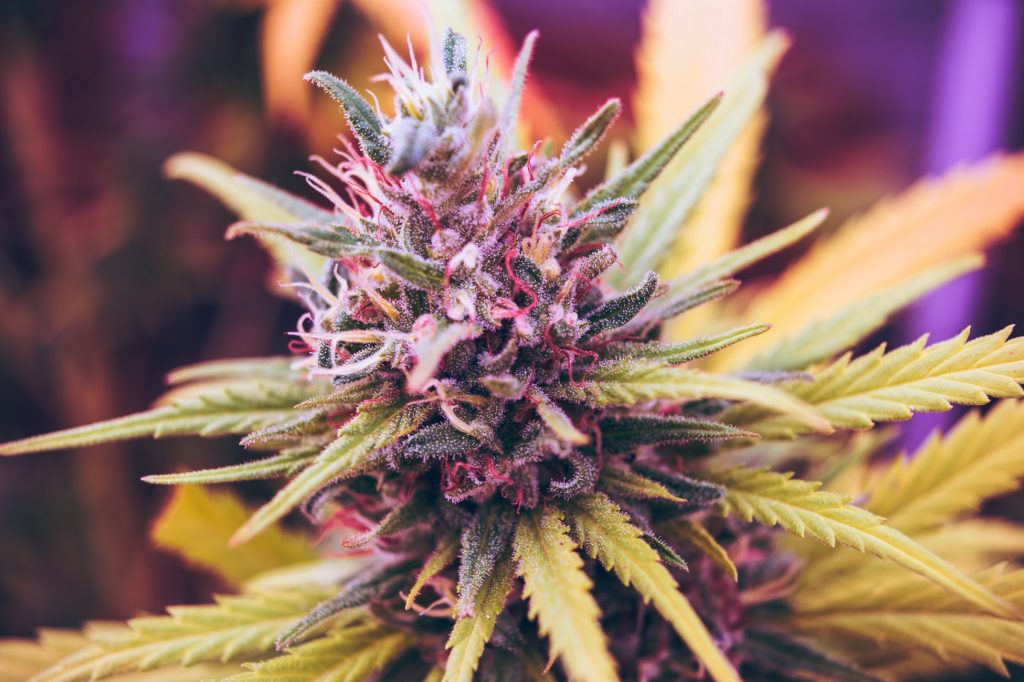

One Response
Good explanation of these amazing plants I like to know more about the different types